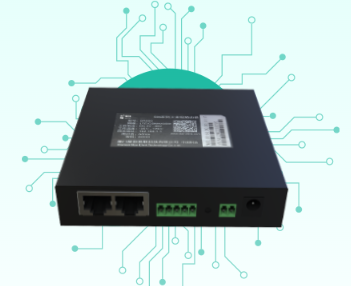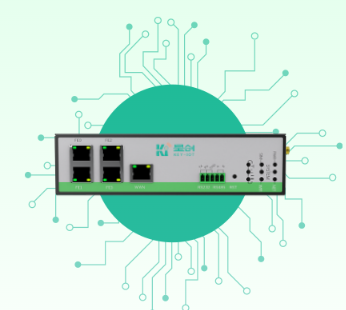SEARCH
— 葡萄酒 | 威士忌 | 白兰地 | 啤酒 —
— 葡萄酒 | 威士忌 | 白兰地 | 啤酒 —


In 2020, when we discussed automotive Electronic and Electrical Architecture (EEA), we were still talking about upgrading from distributed architecture to domain control architecture. The central computing unit + zone controller architecture seeme...
View detailsEthernet was first introduced into vehicles by BMW, with its application scenario being flashing/programming, to meet software data updates for components like LCD instrument clusters. Compared to traditional automotive diagnostics, DoIP refers to...
View detailsMany people are confused about the difference between DTU and gateway devices. Today, I'll explain this topic clearly, starting with what a DTU is. DTUs are widely used in the market across various scenarios including agriculture, industry, water ...
View detailsLTE (Long-Term Evolution) represents the charm of fourth-generation wireless communication technology. As an extension of 3G technology, LTE aims to achieve high data transmission speeds and ultra-low response times.
View detailsMo